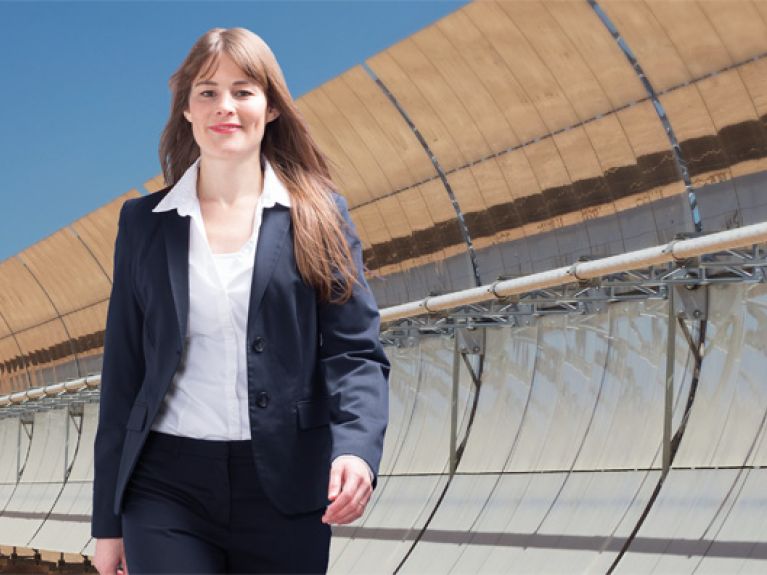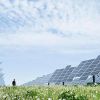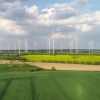The world’s largest solar project
Drivers of the energy transition: Katharina Böhme coordinates the development of the world’s largest solar project in Morocco on behalf of KfW.

“Whenever I’m there, I’m always impressed by the aesthetics: everything is so clean, glittering and shiny, with white water vapour rising against the backdrop of the Atlas Mountains, which are sometimes covered in snow, but it’s hot under the burning sun, and you can become quite pensive,” says Katharina Böhme. When she describes her impressions of Morocco, you could believe she is reporting on the filming of a monumental desert movie. In fact, the region around Ouarzazate with its craggy rock valleys has frequently served as the location for monumental films like Lawrence of Arabia, The Physician or, in more recent times, Game of Thrones.
What the 34-year-old project manager with the KfW development bank describes, however, is not a film set, but probably the world’s most ambitious solar energy project: a total of four power plants with an output of up to 580 megawatts are being built in Ouarzazate on an area of 3,000 hectares. The name of the project is NOORo. “Noor” is the Arabic word for “light”, and the small “o” stands for the location in Ouarzazate. The sun delivers over 2,500 kilowatt-hours of energy to each square metre of ground here. The first of the solar power plants began operating in 2016. “I go there roughly five times a year,” says Böhme. Working on behalf of the Federal Government, KfW is supporting the realisation of the ambitious plan and, together with other colleagues, Böhme checks that all the project stages are completed. Through the KfW bank, Germany is one of the largest investors in the project.
Solar electricity for 1.3 million people
Morocco is the trailblazer in North Africa and the Middle East when it comes to the use of renewable energies: according to the plans of the Moroccan government, solar, wind and hydro power should already supply over 40% of the country’s electricity by the year 2020. Ouarzazate is eventually intended to supply 1.3 million people with electricity and help reduce CO2 emissions by 800,000 tonnes a year. In NOORo I, which has a capacity of 160 megawatts, there are long rows of parabolic mirrors that focus the sun’s rays onto tubes in which a heat-conducting liquid circulates. The collected heat produces a steam cycle that drives a turbine. The other power plants are each planned to use a slightly different technology. In all, the project will cost over two billion euros. The German contribution amounts to roughly 830 million euros, of which some 340 million in turn come from KfW.
A personal challenge
“The solar power plants in Ouarzazate and at the follow-up site in Midelt are the largest and most complex projects I have supported until now,” says Böhme. She already developed an enthusiasm for the subject of sustainability and development while she was a student of languages, economics and regional studies. She travelled through many developing countries as a backpacker and then found employment in the field of development cooperation at KfW in 2009. She originally comes from near Lake Constance, but is today usually found in her office in Frankfurt. “Together with my colleagues, I am responsible for gradually making available the project finance funded by the Federal Government and monitoring the results and consequences,” she explains. In her private life, too, she only consumes electricity from renewable energy sources.
Regional pioneer
The entire project in Morocco brings together public and private investors in a so-called public-private partnership. The driving force is the Moroccan government with Masen, the agency for renewable energies that was especially founded for the Ouarzazate project. “With this sustainable and climate-friendly electricity supply, Morocco is creating the foundation for economic growth and development on the basis of the country’s own resources,” explains Böhme. The example of Morocco is having an impact on other countries in the region. At the same time, the country is also making an important contribution to global climate protection.

